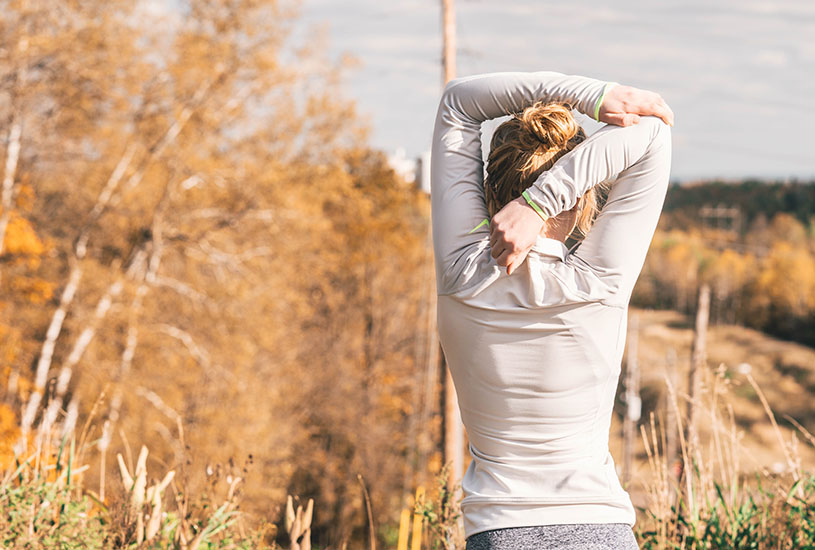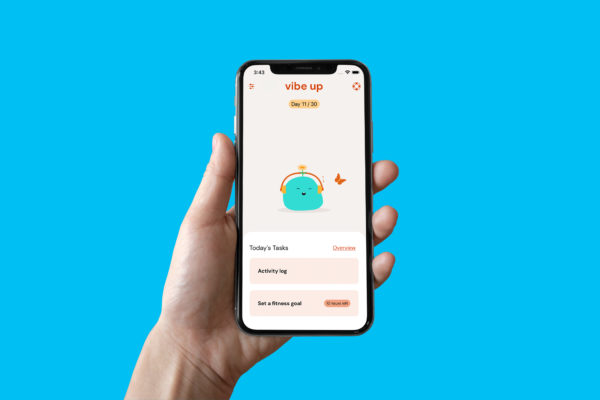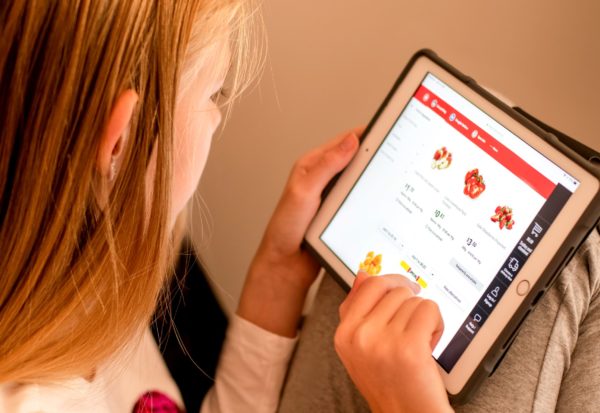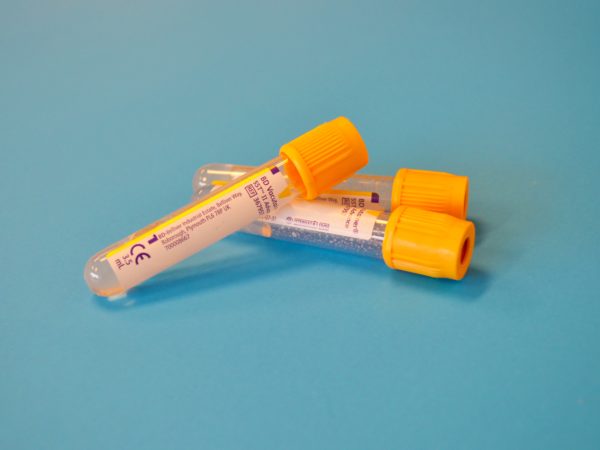Researchers have developed a new definition of physical literacy for Australia.
The Australian Sports Commission (ASC) has released a definition of physical literacy that will underpin a national standard designed to improve the physical activity levels, holistic development and health of all Australians.
Dr Lisa Barnett, from Deakin University’s Institute for Physical Activity and Nutrition (IPAN) co-led the research behind the definition and national standard with Dr Richard Keegan, Assistant Professor in Sport and Exercise Psychology at University of Canberra and Dr Dean Dudley, Senior Lecturer in Health and Physical Education at Macquarie University.
The three worked closely with representatives from nine Australian universities and four international institutions with expertise in areas including motor skill development, psychological factors, education, sport participation and physical activity to develop the definition, which states:
“Physical literacy is lifelong holistic learning acquired and applied in movement and physical activity contexts. It reflects ongoing changes integrating physical, psychological, social and cognitive capabilities. It is vital in helping us lead healthy and fulfilling lives through movement and physical activity.”
The Draft Australian Physical Literacy Standard builds on the research behind the physical literacy definition and provides a framework for developing physical literacy.
ASC Acting General Manager Participation Geoff Howes said focusing on developing physical literacy in a holistic way that incorporates physical, psychological, social and cognitive elements was important.
“Too often, the focus is only on developing the physical abilities in participants, meaning important skills and behaviours are not developed to support motivation and confidence to be active throughout life. Physical literacy brings together all these skills and abilities to support Australians to be physically active for life,” Mr Howes said.
Dr Barnett, whose research focuses on improving children’s activity levels, said evidence showed half of Australian children haven’t mastered basic movement skills like throwing, kicking and jumping by the time they leave primary school.
[testimonial_text]Fundamental movement skills are a core foundation of physical literacy and movement is integral to health, both physical and mental.[/testimonial_text]
[testimonial_picture name=”Dr Lisa Barnett” details=”Deakin University Institute for Physical Activity and Nutrition”]
 [/testimonial_picture]
[/testimonial_picture]“By commissioning this work, the Australian Sports Commission’s aim is to bring together sport, education and other sectors relevant to developing a physically literate community. It’s not just about children, it’s about all of us,” she said.
Dr Barnett explained that the researchers had deliberately kept the definition “expansive,” rather than reducing it to specific outcomes such as movement, skill, or motivation.
“It is a comprehensive definition, but we wanted to encourage people to think about the big picture and not just reduce things to components. Physical literacy is more than skills, motivation and confidence – it’s about how those things, and more, interact at different stages of your life and what you might need to benefit the most from your physical body in the way you relate to the world.”
Dr Barnett said the physical literacy definition and the research behind it could be used in different ways by different stakeholders. Coaches, for example, might focus on a player’s ability to work within a team, rather than just how well they kick a football. Educators might use it to encourage less active children to participate in sport without disengaging from physical activity altogether.
“It’s about stakeholders engaging with the physical literacy concept and thinking much bigger than only skills or how fast someone can run. How do we motivate people to be more active and what does that look like within individual organisations?” she said.
Published by Deakin Research on 16 October 2017



